If you mean that mathf(x)=23(4^{5x}6)/math, then it is equivalent to mathf(x)=3*4^{5x}16/math The domain is math(\inf, \inf)/math, and the range isFind the Domain and Range f (x)=x^32 f (x) = x3 − 2 f (x) = x 3 2 The domain of the expression is all real numbers except where the expression is undefined In this case, there is no real number that makes the expression undefinedTo ask Unlimited Maths doubts download Doubtnut from https//googl/9WZjCW Find domain and range of `f(x)=x/(1x^2)`
Http Petalschools Com Cms Lib03 Ms Centricity Domain 455 Test review 3 1 3 4 Pdf
Find the domain and range of the function f(x)=x^2-9/x-3
Find the domain and range of the function f(x)=x^2-9/x-3-Clearly y = f (x) = (x 3)/ (2x1) exist for all real x, except x = 1/2 Therefore, domain of f ie D (f) = R {1/2} Next, for the range of f, we see that ; Given, f(x) = 2 − 3 − 3 The domain of the expression in all real number expect where the expression is undefined In this case, there is not real number that makes the expression undefined ∴ Domain of f = (− ∞, ∞) = R The absolute value of expression has a 'V' shape The range of a positive absolute value expression



Q Tbn And9gcqgqrwpnxjwt0kskruy6guwbb9vrtxcyvozrczh7yys7zu6fw5a Usqp Cau
In f(x) = 5(x3)²= x²6x4 , x has no impediment in the Real scale so the domain must be all Real x In the range we see that for f(x)=0 there are the real roots x=(6±√)/2 and just as with the domain no reason to except any Real numbers in thFind the domain of 1/(e^(1/x)1) function domain square root of cos(x)Click here👆to get an answer to your question ️ Find the domain and range of the function f (x) = x ^2/1 x ^2
Given f(x) = 3/(2 x 2) To find the range of function Explanation So, the range of a function consists of all the second elements of all the ordered pairs, ie, f(x), so we have to find the values of f(x) to get the required range Given, f(x) = 3/(2 x 2) Let this be equal to y, so ← Prev Question Next Question → Related questions 0 votes 0 answers The function f is defined by f Finding Domain and Range General Method;This is the Solution of Question From RD SHARMA book of CLASS 11 CHAPTER RELATIONS AND FUNCTIONS This Question is also available in R S AGGARWAL book of CLAS
Answer to Find the domain and range of the function f(x) = 2/(3 x) By signing up, you'll get thousands of stepbystep solutions to yourF(x)=10x^(2)3 The domain of the rational expression is all real numbers except where the expression is undefined In this case, there is no real number that makes the expression undefined All real numbers range f(x)=10x^(2)3 Since x is on the righthand side of the equation, switch the sides so it is on the lefthand side of the equation 10x^(2)3=f(x) Since 3 does not contain theFind the Domain and Range f(x)=x^3 The domain of the expression is all real numbers except where the expression is undefined In this case, there is no real number that makes the expression undefined Interval Notation SetBuilder Notation The range is the set of all valid values Use the graph to find the range Interval Notation SetBuilder Notation Determine the domain and range




Find The Domain And Range Of The Real Function F X Sqrt 9 X 2 Youtube



For The Function F X X 2 5 Find The Domain And Range Enotes Com
Extended Keyboard Examples Upload Random Compute answers using Wolfram's breakthrough technology & knowledgebase, relied on by millions of students & professionals For math, science, nutrition, history, geography, engineering, mathematics, linguistics, sports, finance, music WolframAlpha brings expertlevelArithmetic Mean Geometric Mean Quadratic Mean Median Mode Order Minimum Maximum Probability MidRange Range Standard Deviation Variance Lower Quartile Upper Quartile Interquartile Range Midhinge Standard Normal Distribution Physics Mechanics Chemistry Chemical Reactions Chemical Properties Finance Simple Interest Compound Interest PresentY = (x3)/ (2x1) ==> x = (y3)/ (1–2y) which is a well defined real number except for y = 1/2, at which it is not defined Therefore, range of f, r (f) = R



Http Petalschools Com Cms Lib03 Ms Centricity Domain 455 Test review 3 1 3 4 Pdf
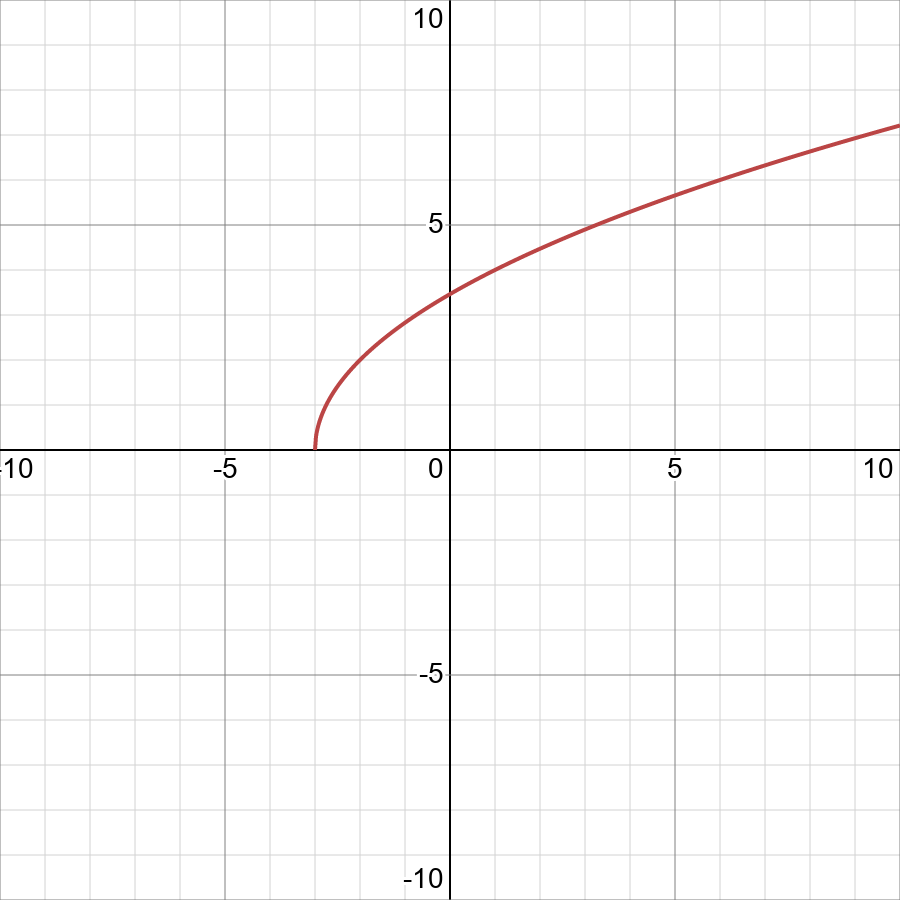



Find The Domain And Range F X 2 Square Root Of X 3 Displaystyle Fleft Xright 2sqrt X 3 Snapsolve
Therefore, the domain is 3, ∞) Advertisement Part 2 of 3 Finding the Range of a Quadratic Function 1 Confirm that#Domain #Range #FunctionsFind the Domain and the Range of the square root function y = square root of (1 x^2)Learn more about functions here https//wwwfFinding Domain and Range Learning Objective(s) Find the domain of a square root function Find the domain and range of a function from the algebraic form Introduction Functions are a correspondence between two sets, called the domain and the range When defining a function, you usually state what kind of numbers the domain (x) and range (f(x)) values can be But even if
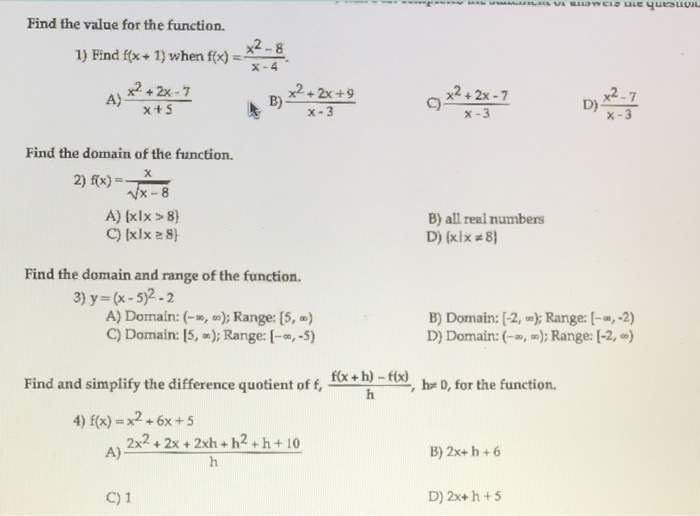



Find The Value For The Function X2 8 1 Find Ffx1 Chegg Com




F X 3 2 X 2 Find Domain And Range Maths Meritnation Com
Figure 327 Graph of a polynomial that shows the xaxis is the domain and the yaxis is the range We can observe that the graph extends horizontally from −5 to the right without bound, so the domain is − 5, ∞) The vertical extent of the graph is all range values 5 and below, so the range is ( − ∞, 5Domain of f(x) = x/(x^21) Natural Language;Example a simple function like f(x) = x 2 can have the domain (what goes in) of just the counting numbers {1,2,3,}, and the range will then be the set {1,4,9,} And another function g(x) = x 2 can have the domain of integers {,3,2,1,0,1,2,3,}, in which case the range is the set {0,1,4,9,} Even though both functions take the input and square it, they have a different set of
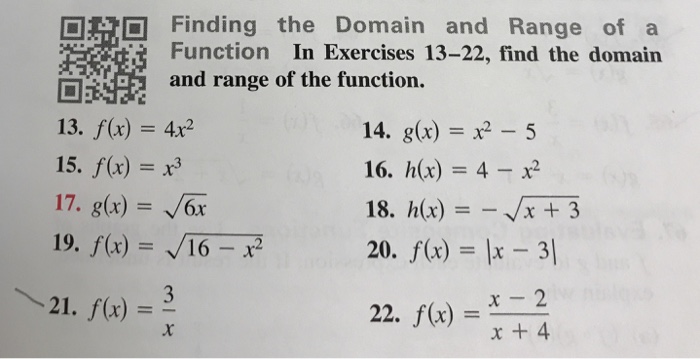



Finding The Domain And Range Of A Function In Chegg Com



Q Tbn And9gcqgqrwpnxjwt0kskruy6guwbb9vrtxcyvozrczh7yys7zu6fw5a Usqp Cau
Explanation f (x) = 3x − 1 √x2 x − 2 = 3x − 1 √(x 2)(x − 1) Domain denominator must not be 0 and under root must not be < 0 So x 2 ≠ 0 ∴ x ≠ −2 and x − 1 ≠ 0 ∴ x ≠ 1 For under root calculation critical points are x = − 2 and x = 1 when x < − 2,(x 2) ⋅ (x − 1) = ( − ⋅ −) = when −2 < x Set y=x^44x^33x^2 Then dy/dx=4x^312x^26x Set " "4x^312x^26x=0 x(4x^212x6)=0 x=0 is one Solve 4x^212x6=0 as a normal quadratic The values of y can be found by substitution I will let you finish this off Algebra Science Anatomy & Physiology Astronomy Astrophysics Biology Chemistry Earth Science Environmental Science Organic Chemistry PhysicsFree functions range calculator find functions range stepbystep This website uses cookies to ensure you get the best experience By using this website, you agree to our Cookie Policy




Domain And Range Of 1 X 2 2x 8 Youtube




Exercise 1 3 Functions Problem Questions With Answer Solution
Find an answer to your question Find the domain and range of the function f(x)=x^29/x3 meetjoshi157 meetjoshi157 Math Secondary School answered Find the domain and range of the function f(x)=x^29/x3 2 See answers Advertisement Advertisement RoseAmber RoseAmber Given function is f(x)=x2−9x−3 since the denominator can not be zero x−3≠0⇒x≠3 the domainPrecalculus Find the Domain and Range f (x)= (x2)/ (x3) f (x) = x − 2 x 3 f (x) = x 2 x 3 Set the denominator in x−2 x3 x 2 x 3 equal to 0 0 to find where the expression is undefinedExtended Keyboard Examples Upload Random Compute answers using Wolfram's breakthrough technology & knowledgebase, relied on by millions of students & professionals For math, science, nutrition, history, geography, engineering, mathematics, linguistics, sports, finance, music WolframAlpha brings expertlevel
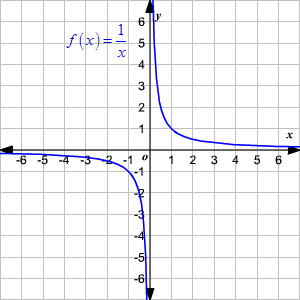



Domain And Range Of Rational Functions




Q28 29 Please Q 28 Find The Domain And Range Of F X 2x 3 Maths Relations And Functions Meritnation Com
Click here👆to get an answer to your question ️ Domain and range of f(x) = x 3x 3 are respectively Join / Login >> Class 11 >> Applied Mathematics >> Functions >> Introduction of functions >> Domain and range of f(x) = Question Domain and range of f (x) = x − 3 ∣ x − 3 ∣ are respectively A R, − 1, 1 B R − {3}, {1, − 1} C R T, R D None of these Easy Open For example Identify the domain of the function f(x) = √(x 3) The terms within the radical are (x 3) Set them greater than or equal to zero (x 3) ≥ 0 Solve for x x ≥ 3 The domain of this function includes all real numbers greater than or equal to 3;(x^21)/(x^21) domain Natural Language;




Find Domain And Range Of Function Let A 2 1 0 1 2 And F A Gtz Be Given By F X X 2 2x Youtube




6 Ways To Find The Domain Of A Function Wikihow
We have f(x) = (x 2 9)/(x 3) Domain off Clearly f(x) is not defined for x – 3 = 0 ie x = 3 Therefore, Domain (f) = R – {3} Range off Let f(x) = y Then, f(x) = y (x 2 9)/(x 3) = y x 3 = y It follows from the above relation that y takes all real values except 6 when x takes values in the set R – {3} Therefore, Range (fTo find the domain of any real valued function f (x) you just need to discard the values /of math x/math for which f (x) is not defined For your function you need to discard x = ± 2 suggesting the domain as R − ± 2 The range of f (x) will be all reals except the interval 0, 3 / 2) 521 views All these are real values Here value of domain (x) can be any real number Hence, Domain = R (All real numbers) We note that that Range f (x) is 0 or negative numbers, Hence, Range = (−∞, 0 Ex 23, 2 Find the domain and range of the following real function (ii) f (x) = √ ((9 −x^2)) It is given that the function is a real function




Find The Domain And The Range Of The Real Function F X X 3 X 5 Youtube



Q Tbn And9gcqpama6tqgin Iutakqatcksftftyjylbbujdpmxcrct Ee Usqp Cau
Finding Domain and Range General Method Misc 12 Important Ex 23, 5 (i) Important Ex 23, 2 (i) Important Misc 5 Misc 4 ImportantFind the domain and range of f (x) = 2 − x x − 3 Medium View solution If f (x) = x 1 and g (x) = x 2 1 then f g f g (0) = Medium View solution For all real values of u and v, 2 f (u) c o s v = f (u v) f (u − v) then which of the following is true for all x ϵ R Easy View solution View more Learn with content Watch learning videos, swipe through stories, and browse See explanation Domain The domain of a function is the largest subset of RR for which the function's formula is defined Given function is a polynomial, so there are no limitations for the values of x This means that the domain is D=RR Range The range is the interval of values which a function takes A quadratic function with a positive coefficient of x^2 takes all values in
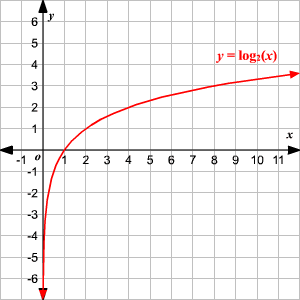



Domain And Range Of Exponential And Logarithmic Functions




Find The Domain And Range Of F X Sqrt 16 X 2 Mathematics Stack Exchange
Find the value of x which satisfy following equation lo g 0 3 (x 2 − x 1) > 0 View solution If lo g 1 0 N = 2 5 then find out total number of digits in NClick here👆to get an answer to your question ️ Find the domain and range of the following real function(i) f(x) = x (ii) f(x) = √(9 x^2) Join / Login >> Class 11 >> Applied Mathematics >> Functions >> Introduction of functions >> Find the domain and range o Question Find the domain and range of the following real function (i) f (x) = − ∣ x ∣ (ii) f (x) = 9 − x 2Let y = f(x) be a function Range is all real values of y for the given domain (real values of x) Let us look at some practice questions to understand how to find domain and range of a function Practice Questions Question 1 Find the domain of 1 / (1 − 2sinx) Solution 1 − 2sin x = 0 2sin x = 1 sin x = 1/2 sin x = sin π/6
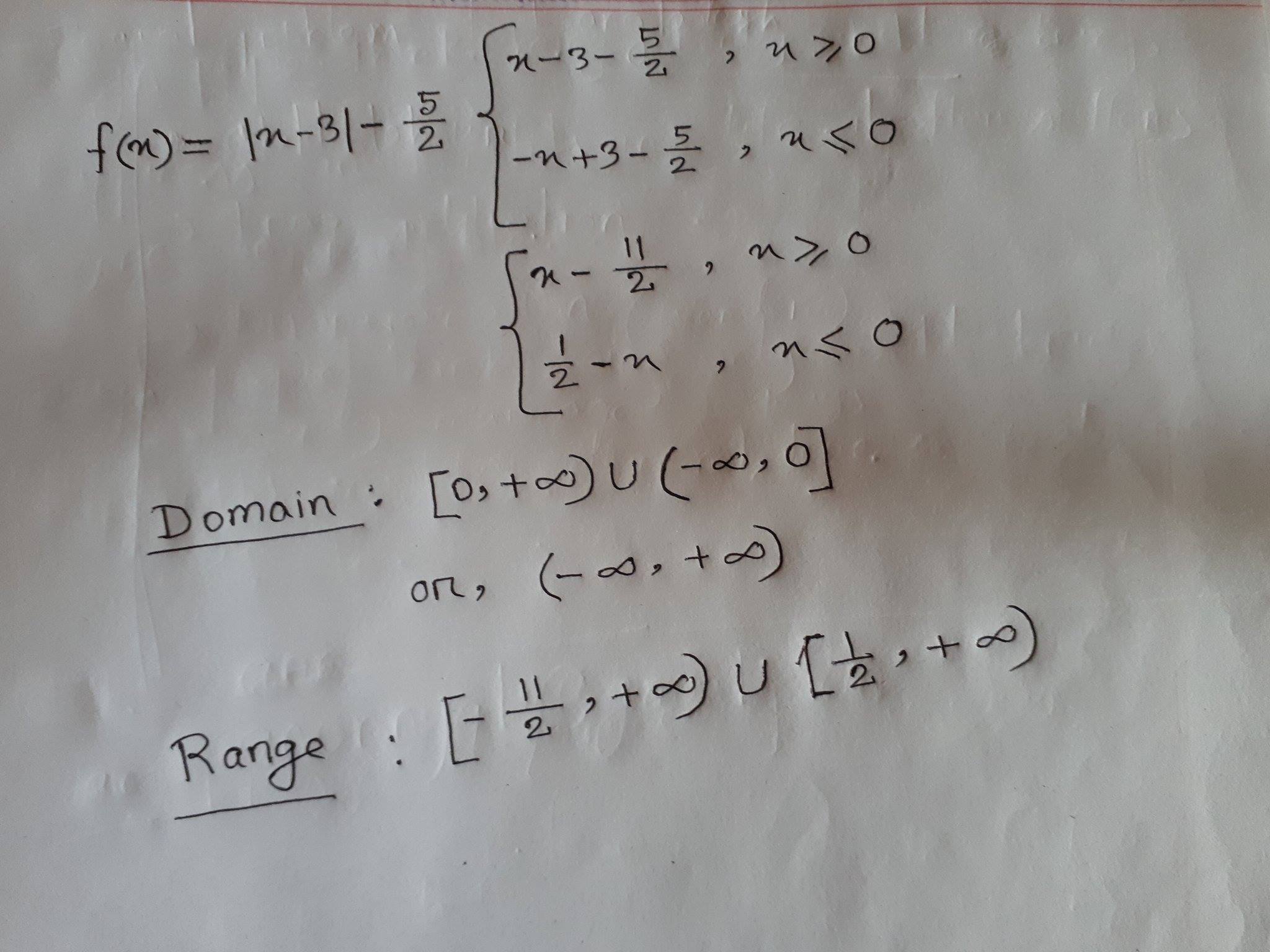



What Is The Domain And Range Of F X Abs X 3 5 2 Socratic




What Is The Domain And Range Of The Function F Given By F X 2 X 5 Mathematics Topperlearning Com Gh19atoo
Find the Domain and Range f (x)=x^23 f (x) = x2 3 f (x) = x 2 3 The domain of the expression is all real numbers except where the expression is undefined In this case, there is no real number that makes the expression undefined It means that the denominator is zero when x = 2 So, the domain of the function is the set of all the real numbers except 2 The domain of the function, D f(x) = ( ∞, 2) ∪ (2, ∞) Now, to find the range of the function we need to interchange x and y in the equation no (1) So the equation becomes,Domain and range » Tips for entering queries Enter your queries using plain English To avoid ambiguous queries, make sure to use parentheses where necessary Here are some examples illustrating how to ask for the domain and range domain of log(x) (x^21)/(x^21) domain;



Problem 9 Let F X 2 3x4 On The Largest Domain For Which The Formula Makes Sense A Find The Domain And Range Of F X Then Sketch The Graph Course Hero




Find The Domain And Range Of F X Xx 2 2x 3
For the cube root function \(f(x)=\sqrt3{x}\), the domain and range include all real numbers Note that there is no problem taking a cube root, or any oddinteger root, of a negative number, and the resulting output is negative (it is an odd function) Given the formula for a function, determine the domain and range Exclude from the domain any input values that result inSolution For Find the domain and range of f(x) = \dfrac {3x 2}{ x 2} Become a Tutor Blog Cbse Question Bank Pdfs Micro Class Download App Class 11 Math Calculus Relations and Functions II 507 150 Find the domain and range of f (x) = x 2 3 x − 2Find the Domain and Range f (x)=x^22x3 f (x) = x2 − 2x − 3 f (x) = x 2 2 x 3 The domain of the expression is all real numbers except where the expression is undefined In this case, there is no real number that makes the expression undefined




Finding Domain And Range




Finding Domain And Range
F(x) = x 3 Solution Domain A set of all defined values of x is known as domain Range The out comes or values that we get for y is known as range Domain for given function f(x) = x 3 For any real values of x, f(x) will give defined values Hence the domain is R Since we have absolute sign, we must get only positive values by applying any positive and negative values for xMisc 3 Chapter 2 Class 11 Relations and Functions (Term 1) Last updated at Jan 28, by Teachoo Next Misc 6→ Chapter 2 Class 11 Relations and Functions (Term 1) Concept wise;When using interval notation, domain and range are written as intervals of values For f(x) = x 2, the domain in interval notation is D (∞, ∞) D indicates that you are talking about the domain, and (∞, ∞), read as negative infinity to positive infinity, is another way of saying that the domain is "all real numbers" The range of f(x) = x 2 in interval notation is R 0, ∞) R




Domain And Range



1
Find Domain and Range of real functions (1) `f(x)=(x2)/(3x)` (2)`f(x)=1/sqrt(x5)` (3) `f(x)=x/(1x^2)` Domain of f(x)=\frac{\sqrt{x1}}{x^{2}4} in interval notation is 1,2)\cup (2,\infty) #6 Finding Domain of a Function with a Square root in the numerator and denominator From Rule 6 we know that a function of the form f(x)=\sqrt{\frac{g(x)}{h(x)}} is defined when g(x)\geq0 and h(x)>0 Example Find the domain of f(x)=\sqrt{\frac{x2}{3x




Find Domain And Range Of X 2 9 X 3 Brainly In
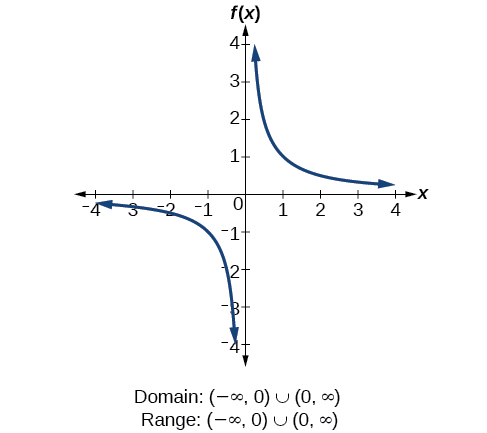



3 3 Domain And Range Mathematics Libretexts



Solution Find Domain And Range For The Following Also Draw Its Graph F X I 2x 3 Ii 4 2x Iii X 2 Iv X 2 V X X
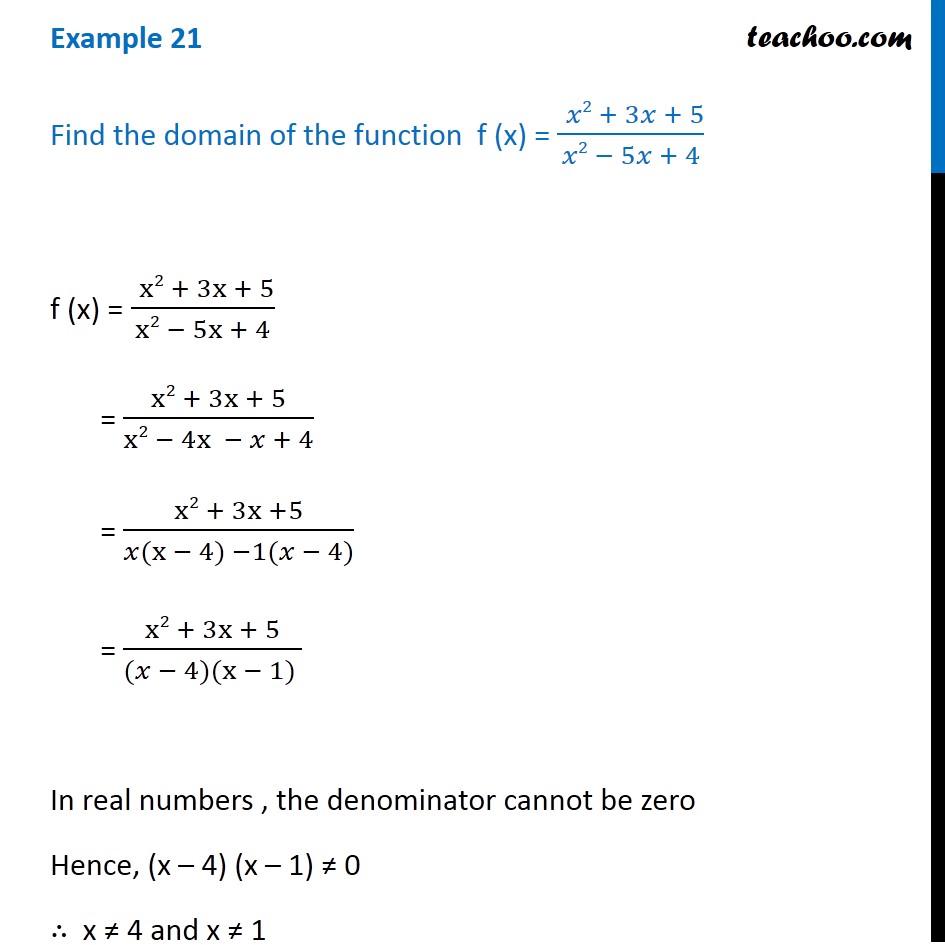



Find The Domain And Range Of The Function F X 1 X 5 Donimain
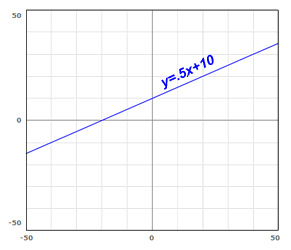



Domain And Range Free Math Help




Domain And Range Of Functions Are Component For X And Y Values



Find The Domain And Range Of The Following Real Functions I F X X Ii F X 9 X 2 Sarthaks Econnect Largest Online Education Community




How To Find The Domain And Range Of A Function 14 Steps
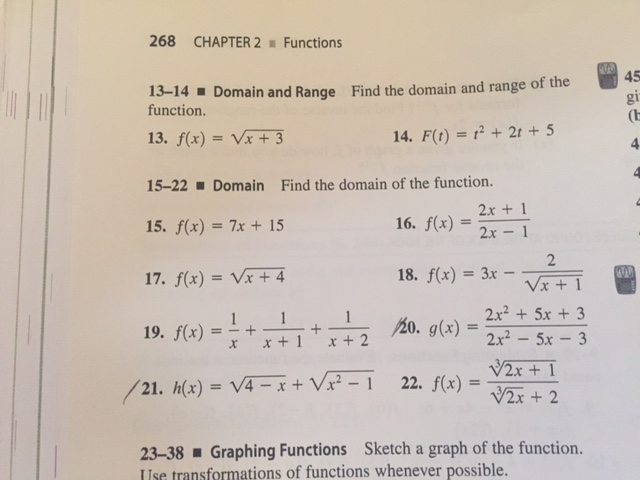



Find The Domain And Range Of The Function F X Chegg Com




Find The Domain And Range Of The Function F X X 2 9 X 3



Solution Given F X 2x X 2 3 Find The Domain The Range The Axis Of Symmetry And The Y Intercept And The X Intercept Sketch The Graph




Misc 4 Find Domain And Range Of F X Root X 1 Chapter 2
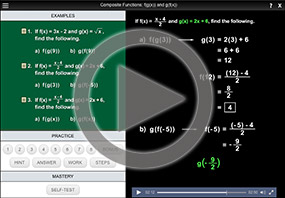



Composition Of Functions Composing Functions With Functions




Find Domain And Range Of Real Functions 1 F X X 2 3 X 2 F X 1 Sqrt X 5 Youtube




Graph The Following Function And Find Its Domain And Range F X Log 2 X 2 Study Com




Domain And Range Calculator Wolfram Alpha




More Quarter Test Review Section 4 1 Composite Functions Ppt Download




Ex 2 3 5 Find The Range Of Function F X 2 3x X R X 0



Find The Range Of The Function F X 3 2 X 2 Sarthaks Econnect Largest Online Education Community



Q Tbn And9gcqj529kunx E23asbmwgf8sdjnucswezuevva8edino5czgfbjv Usqp Cau
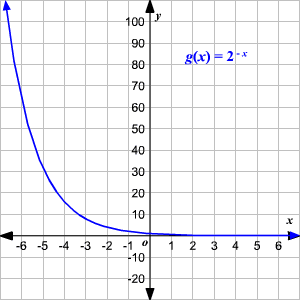



Domain And Range Of Exponential And Logarithmic Functions




The Domain Of Definition Of F X Log2 X 3 X 2 3x 2 Is Iit Jee 01
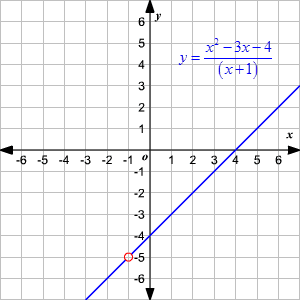



Domain And Range Of Rational Functions
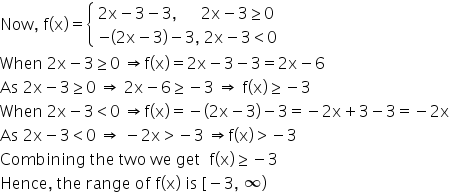



Hello Sir I Need A Full Explanation Of This Sum Find Domain And Range Of F X 2x 3 3 Mathematics Topperlearning Com 4fb8db22




6 Ways To Find The Domain Of A Function Wikihow
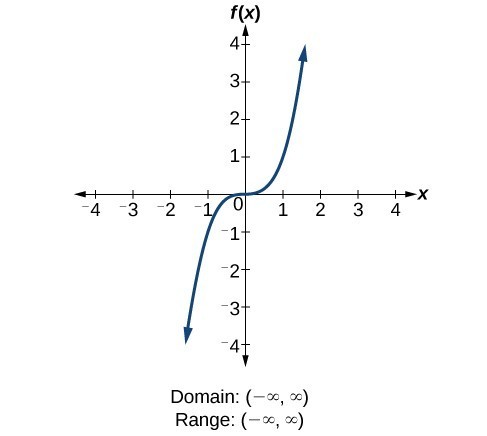



Determine Domain And Range From A Graph College Algebra
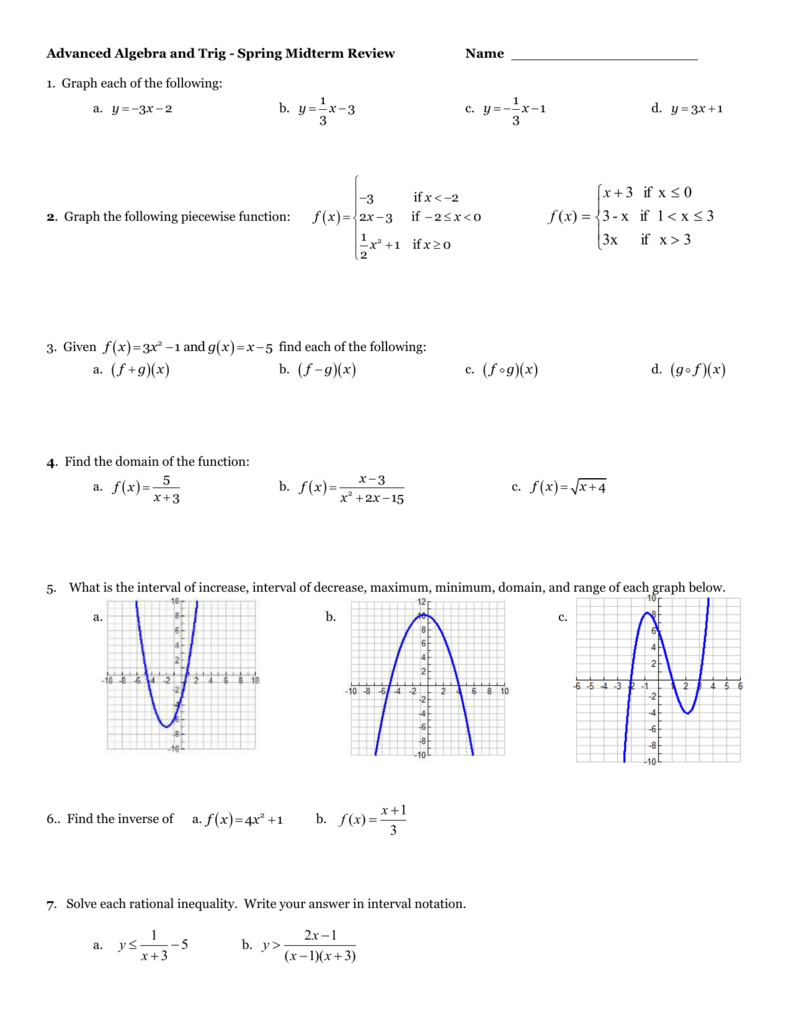



Advanced Algebra And Trig
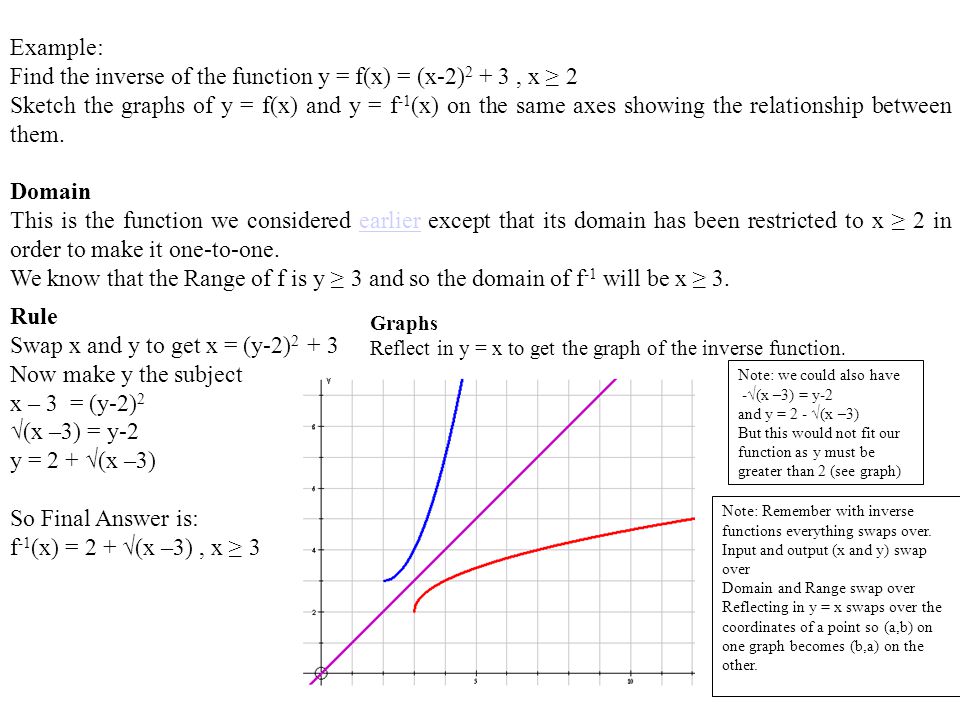



The Domain Of F Is The Set Of All Allowable Inputs X Values Ppt Download




Find The Range Of Each Of The Following Functions F X X 3 F X 1 X 2 F X X 4 Youtube




Misc 3 Find Domain Of F X X2 2x 1 X2 8x 12




Ex 2 3 2 Find The Domain And Range Of The Function F X X



What Is The Domain And Range Of F X 1 Sqrt 9 X 2 Quora



What Is The Domain And Range Of 1 X 3 Quora



What Is The Domain And Range Of F X X 1 X 2 1 X 3 Quora
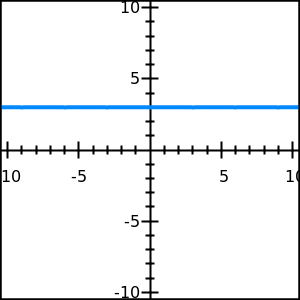



Domain And Range Free Math Help




Find The Domain And Range Of The Function F X 16 X 2 Donimain
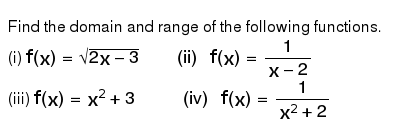



Find The Domain And Range Of The Following Functions I F X Sqrt 2x 3 Ii F X 1 X 2 Iii F X X 2 3 Iv F X 1 X 2 2
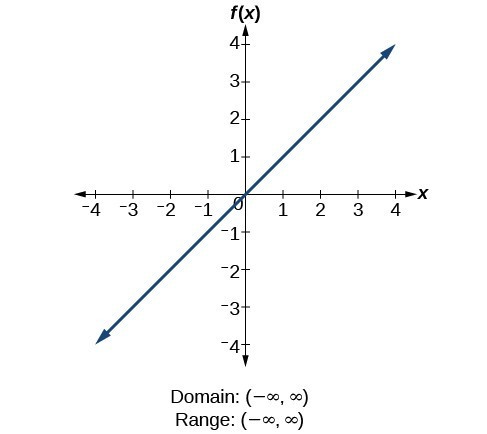



Find Domains And Ranges Of The Toolkit Functions College Algebra



Http Fsw01 c Cuny Edu Luis Fernandez01 Web Teaching Classes Math30 Nikos 30sp10 Funex Pdf




F X 3x 2x 8 Find Domain And Range Brainly In



Www Math Colostate Edu Clayton Teaching M113f09 Homework Hw1solutions Pdf



Solution Given The Function F X 2 X 2 2x 3 Find Tthe Domain And Range By Showing Your Work After That Find The X And Y Intercepts
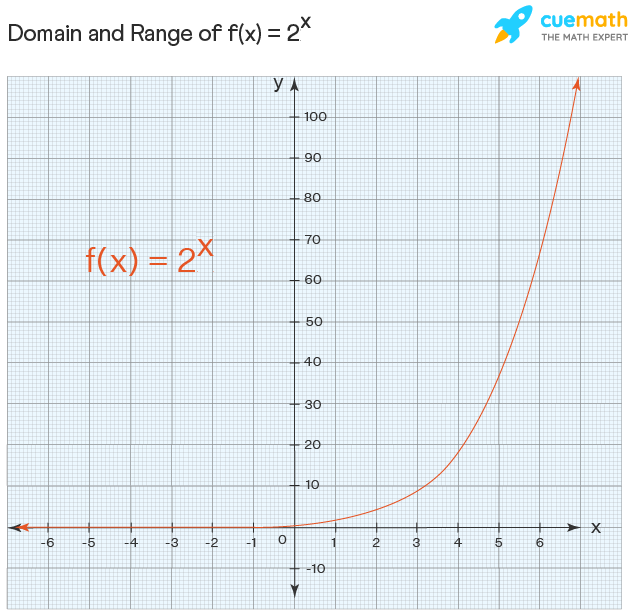



Domain And Range Examples Domain And Range Of Functions
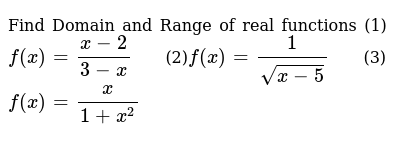



Find Domain And Range Of Real Functions 1 F X X 2 3 X




4 Ways To Find The Range Of A Function Wikihow
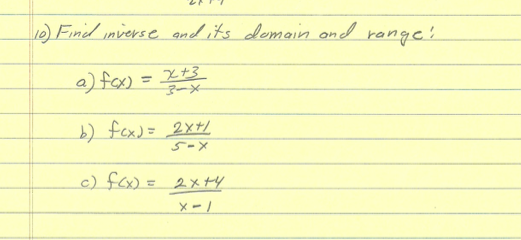



Find Inverse And Its Domain And Range F X X Chegg Com
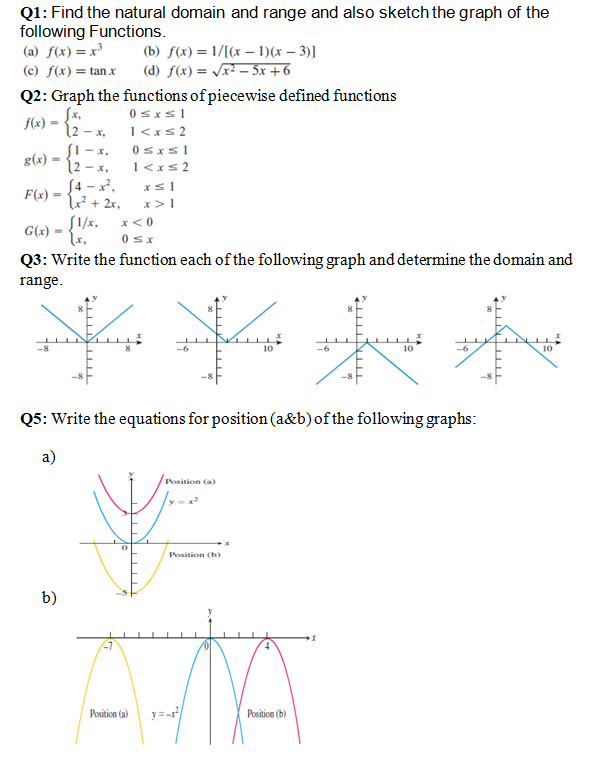



Q1 Find The Natural Domain And Range And Also Sketch Chegg Com




Find The Domain And Range Of Each Of The Following Functions F X X 2 X 1 X 2 4x 3




Find The Domain And Range Of The Function F X 1 2 Sin3x Youtube
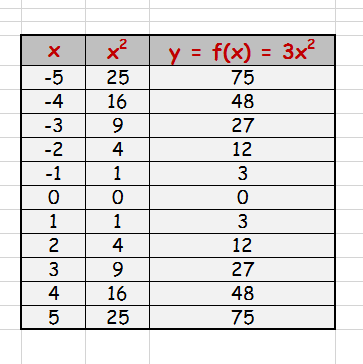



How Do You Find The Domain And Range Of Y 3x 2 Socratic




How To Find Domain And Range From A Graph Video Khan Academy
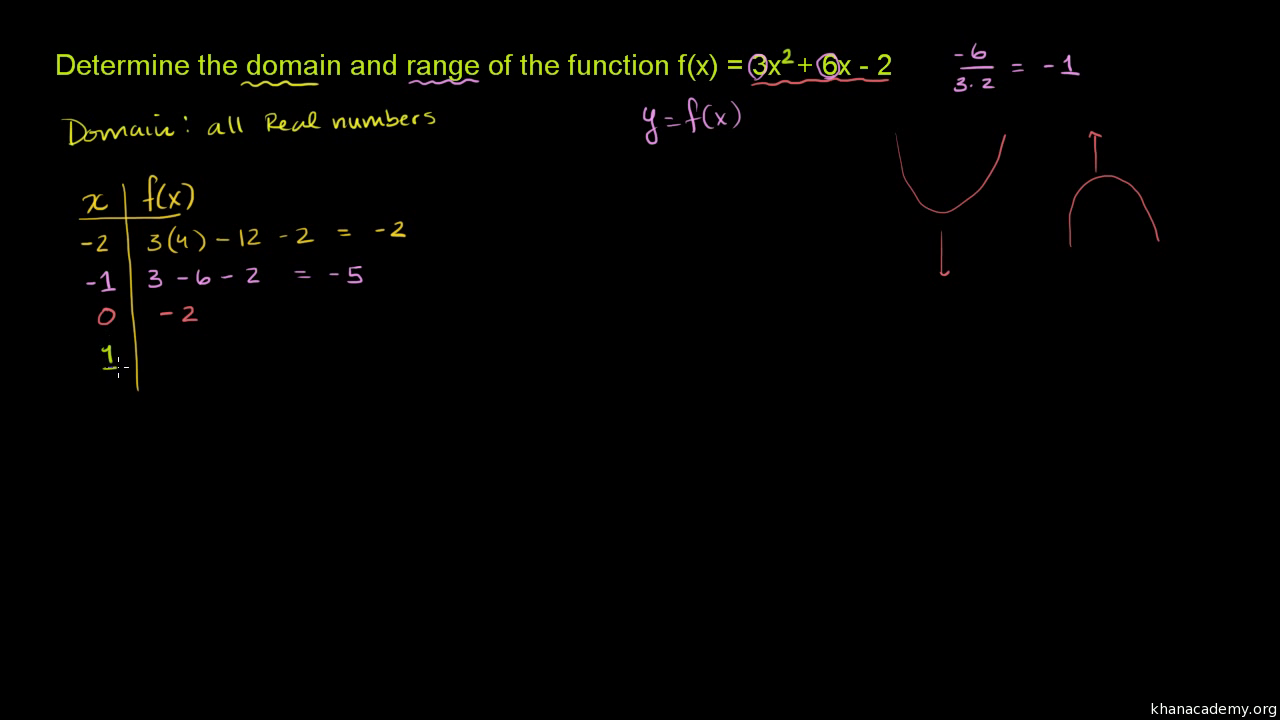



Domain And Range Of Quadratic Functions Video Khan Academy




Domain And Range Of Quadratic Functions Video Khan Academy




Find The Domain And Range Of F X 3 2 X 2 Brainly In
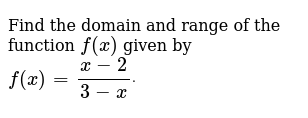



Find The Domain And Range Of The Function F X Given By F X X 2 3 X Dot




Find The Domain And Range Of The Following Functions I F X X 2 Ii F X X 1 3 X
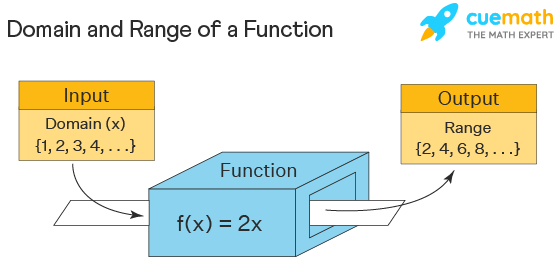



Domain And Range Examples Domain And Range Of Functions
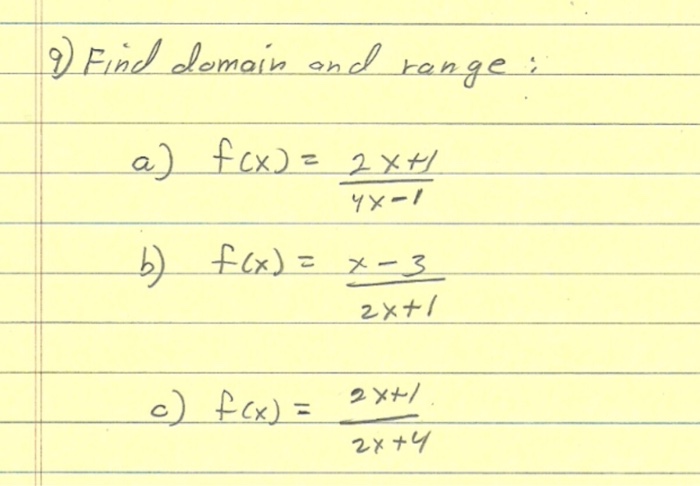



Find Domain And Range F X 2x 1 4x 1 F X Chegg Com




Consider The Following Function F X X 3 2 X 2 3 Chegg Com



How Do You Find The Domain And Range Of Y Sqrt 3x 5 Socratic




3x 2 If X 2x 1 For What X Does Fx 3 50 4 51 Find Ft 1 2t 2 52 R Graph 1 2x 1 53 Graph R 2 54 Find The Domain And Range Of




Find Domain And Range Of Real Functions 1 F X X 2 3 X 2 F X 1 Sqrt X 5 3 F X X 1 X 2
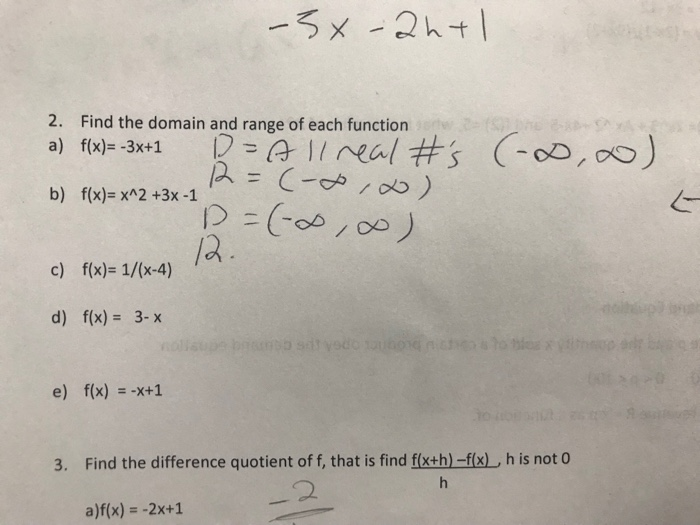



2 A Find The Domain And Range Of Each Function Chegg Com



Http Www2 Selu Edu Academics Faculty Talwis Teaching Math161smr06 2 29 Pdf
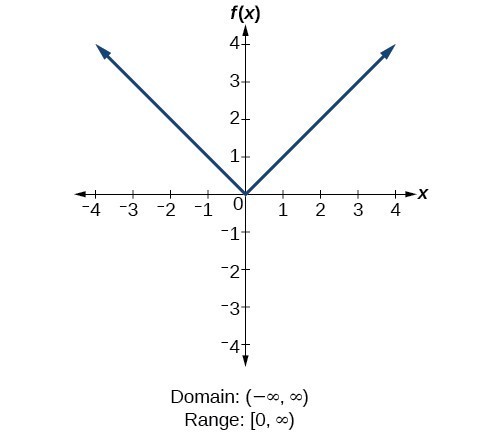



Find Domains And Ranges Of The Toolkit Functions College Algebra
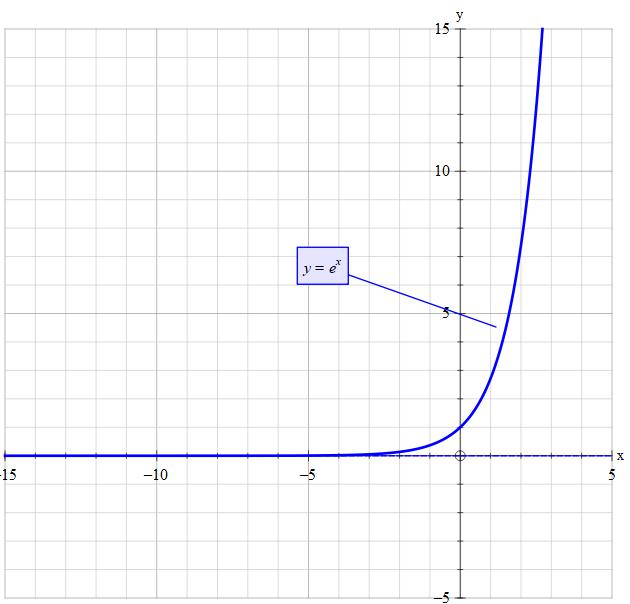



What Is The Domain And Range Of Y E X Socratic
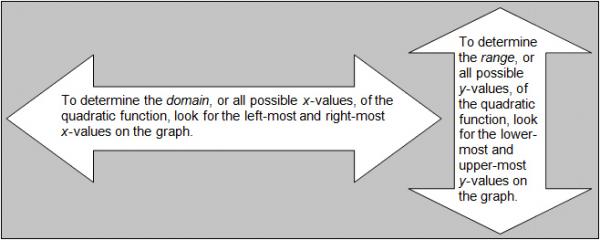



Determining The Domain And Range For Quadratic Functions Texas Gateway



Www Npsk12 Com Cms Lib Va Centricity Domain 5750 Day 1 lecture evaluating functions Pdf
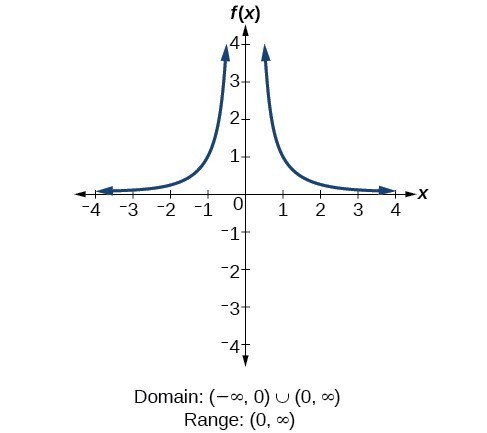



Determine Domain And Range From A Graph College Algebra




Misc 5 Find Domain And Range Of F X X 1 Class 11




Domain And Range Of F X X 3 X 3 Are Respectively



Draw The Graph Of The Function F R R Defined By F X X 3 Find Its Domain And Range Sarthaks Econnect Largest Online Education Community




Tex F X Sqrt 3 2x Tex Find Domain And Range Of The Function Brainly In




Find The Domain And Range Function F X X 2 3x 2 X 2 4x 3



Find The Domain And Range Of F X 2x 5 Mathskey Com




Find The Domain And Range Of F X 2x 3 3 Youtube



Domain And Range Of A Function
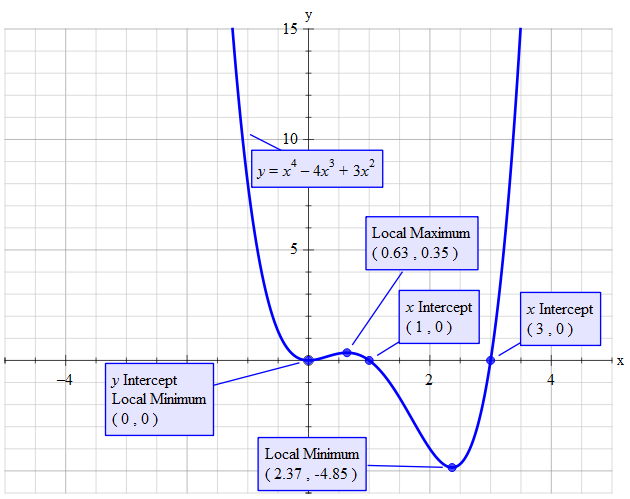



How Do You Find The Domain And Range Of F X X 4 4x 3 3x 2 Socratic



0 件のコメント:
コメントを投稿